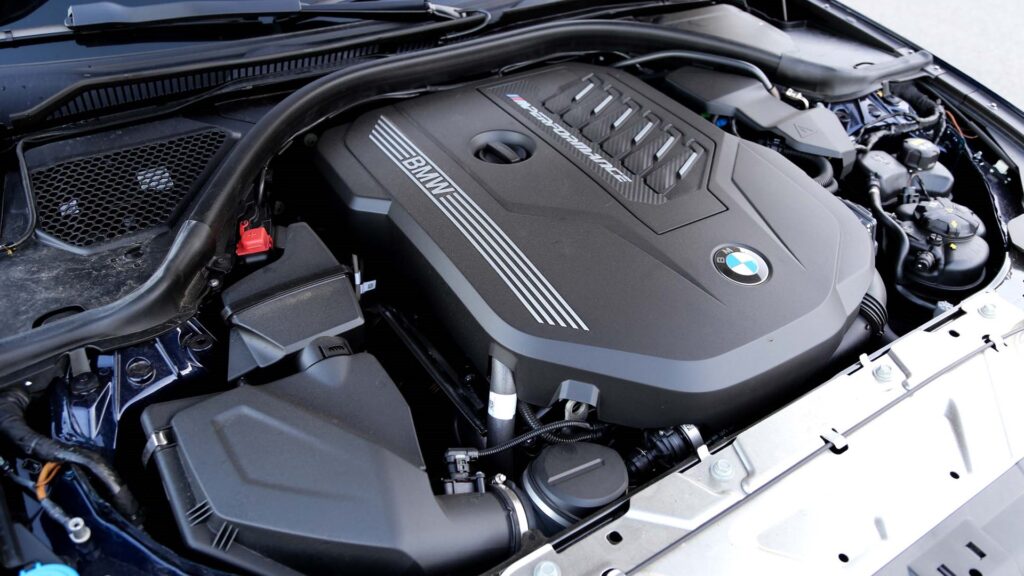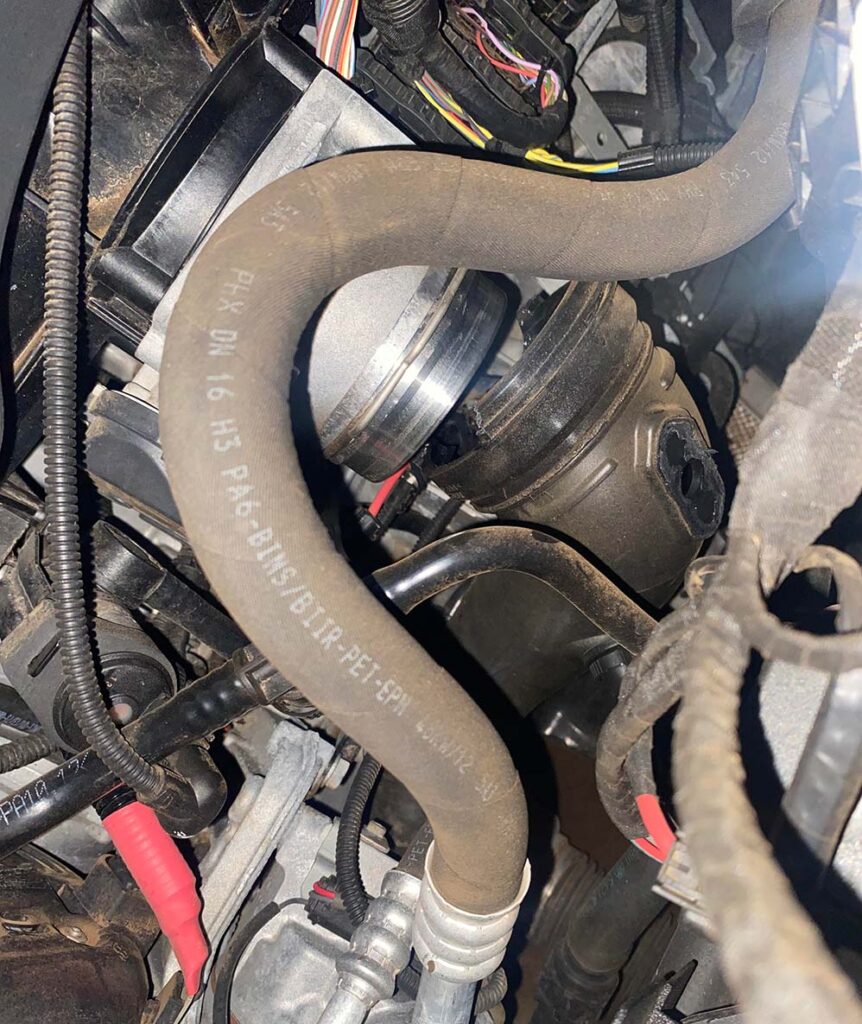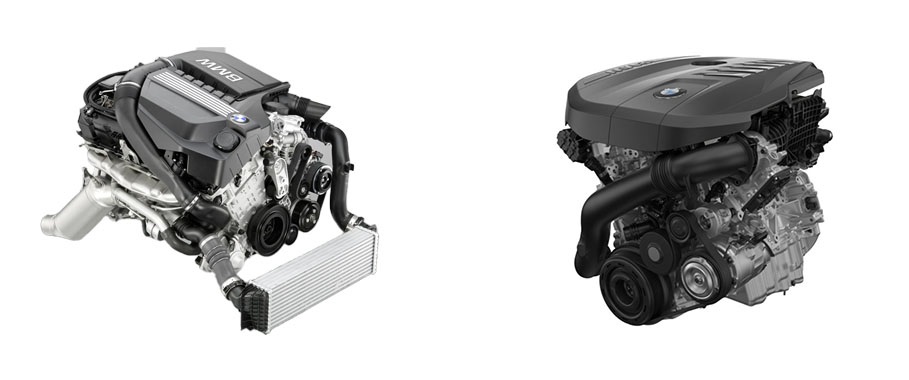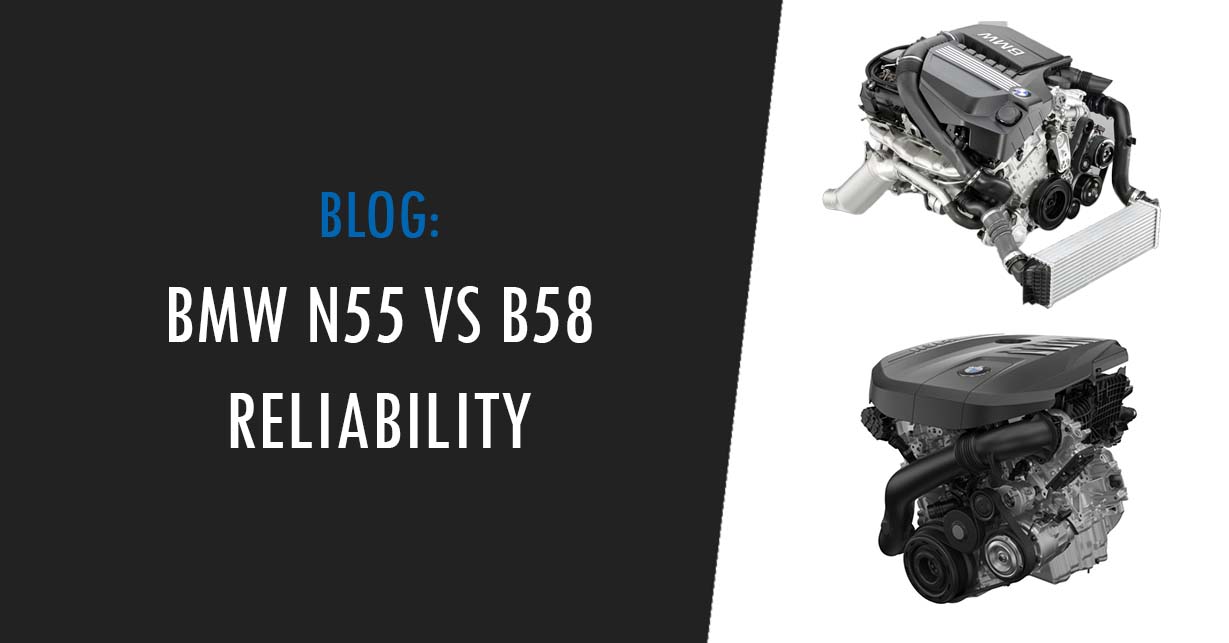The N55 was replaced in 2016 by the B58. The B58 is undoubtedly a better-performing engine than the N55, with many improvements in terms of power and efficiency. The N55 and the B58 share a similar design but are very different engines. Which engine is more reliable, the N55 or the B58?
The B58 is more reliable than the N55. They are both dependable engines, but the newer B58 has a reliability advantage over its predecessor.
Let’s take a look at the reliability of the N55 vs. the reliability of the B58, and offer a detailed comparison.
N55 vs. B58: Which engine is more reliable?
Despite the improvement in reliability over its predecessor, the N55 engine, in production until 2016, had its fair share of issues, many more than the B58 engine. Common problems include water pump failure, cracked charge pipe, valve cover gasket leak, and oil filter gasket leak.
Usually, owners don’t report major issues. It is common to see these samples of these engines nearing 200,000 miles which serves as a testament to their reliability.
The most severe issue of the N55, albeit rare, is rod-bearing failure. This is a serious problem that most of the time will require complete engine block replacement.
The early years of the B58 did not see the same flaws as the N55. It does not have signs of issues with any of its internal components and oil leaks are not as common. They are holding up at stock power level and beyond stock power, and we’re starting to see early B58 units reaching 200,000 miles and more with no major issues.
Why is the B58 more reliable?

Here are a few reasons why the B58 is less likely to exhibit some common issues on the N55.
- Cooling system components are located on the intake side of the engine, which is exposed to less heat.
- More robust high-pressure fuel pump.
- The engine features two water pumps, and the main water pump is mechanically-driven.
- Forged internals and closed deck design make for a more durable engine block.
- The B58 uses an air-to-water intercooler instead of an air-to-air one.
- The engine heat encapsulation system reduces heat cycling to some degree.
- Newer VANOS system.
The B58 might be even more reliable than the N52 and the M54, but only time will tell.
N55 vs. B58 Similarities & Differences
Despite their similar design as 3.0L inline-6 single turbo engines, the N55 and B58 have significant differences.
The N55 was a revolutionary engine during its time, bringing many improvements in reliability over its predecessor. However, it suffered from inherent limitations due to its cast crankshaft, an open deck block, and a fragile factory charge pipe.
In contrast, the B58 adopted lessons learned from the N54 and N55 to create a stronger engine. It features a closed deck block, forged steel crankshaft, air-to-water-intercooler, and an upgraded fuel pump, making it more reliable.
The N55 has proven to be a reliable engine but is edged out by the B58. The B58 offers higher performance, and potential from the factory, and is already shown to be more reliable and requires less maintenance.
Most Common BMW N55 Issues
While the N55 is known to be reliable, it’s prone to several potential issues, especially with higher mileage. Here are some of the most common N55 issues:
1. Cracked Charge Pipe
The N55 is notorious for cracked charge pipes, especially in tuned engines running high boost pressures. BMW used plastic charge pipes in the N55, which can become brittle over time and develop a crack even during normal driving.

This issue can be easily fixed preventively by replacing the weak factory charge pipe with an upgraded aluminum charge pipe.
2. Valve Cover Gasket & Oil Filter Housing Gasket Oil Leak
Oil leaks around the valve cover and oil filter housing are common problems in most BMWs. With time and heat cycles, the gaskets around the valve cover and oil filter housing can harden and leak.
If the oil leaks onto the tensioner pulley and belt, it can cause the accessory belt to slip and potentially cause severe engine damage if sucked into the engine.
3. Water Pump Failure
The N55’s electric water pump is known to have a limited lifespan. Over time, the housing and the internal electronics degrade and fail, leading to a lack of coolant flow and an overheating engine.
If your N55 BMW is over 100,000 miles and still has the factory water pump, we recommend replacing preventively to avoid unexpected failure.
4. Brittle Coolant Flanges and Hoses
The components of the cooling system, such as coolant hoses and connecting flanges, can become brittle over time due to the intense heat cycles of a turbocharged engine.
Some components of the cooling system have shorter life cycles than others. A common failure point of the cooling system in the N55 is the “mickey mouse flange”.
From the factory, this part is made of plastic and gets weak over time. We recommend replacing your mickey mouse flange with an aluminum mickey mouse flange at high mileage.
5. High-Pressure Fuel Pump Failure
This is a common failure point in early models of the N55. Early N55’s used the same high-pressure fuel pump as the N54, a component notorious for early failure.
Symptoms of a bad HPFP include loss of power, difficulty starting the engine, and a check engine light due to a lean condition.
6. Early Rod Bearing Failure
This is a well-documented issue in certain N55 engines, most notably earlier models equipped with a Pneumatic Wastegate (PWG).
Causes for this problem range from running the engine hard on cold oil, high G-force cornering, and failing to prime the engine after an oil filter housing gasket replacement.
If you hear a loud metallic knock coming from the engine bay, it may indicate rod knock, a symptom of rod bearing failure. Unfortunately, this requires complete engine replacement.
Most Common BMW B58 Engine Issues
Even the robust B58 is not immune to problems, though they are usually minor compared to the N55. The common issues of the B58 include:
1. Coolant Loss
The B58 uses two coolant tanks in its system. Some owners are reporting coolant losses in the main tank and possibly in the second tank.
While the source of this issue varies, it is usually related to brittle coolant couplings, near the hoses that connect to the radiator. Similar issue as the N55.
2. Rough Idle
Rough idle in a B58 is usually related to a failing VANOS actuator. The VANOS system can cause rough idle and other drivability issues if the actuator malfunctions.
Fortunately, replacing a bad VANOS actuator on a B58 is an easy DIY task even for those inexperienced with the B58.
3. Injector Failure
Injectors used in the early years of the B58 can have a shorter life than expected. If you’re experiencing misfires on a cylinder even after replacing spark plugs and ignition coils, this could point to a bad injector.
In the rare case that the fuel injector fails in the stuck open position, it will dump excessive fuel into a single cylinder. This washes away the oil and excessive heat is created due to the lack of lubrication. If the engine is run hard with this issue, it could cause a cracked piston.
Tips for keeping your N55 & B58 reliable

To increase the longevity of either your N55 or B58, it is recommended that you follow the regular maintenance schedule and stay on top of preventive maintenance. Some tips include:
- Perform regular oil changes every 5,000 to 8,000 miles.
- Replace the accessory belt every 80,000 miles.
- Flush and refill engine coolant every five years.
- Change spark plugs every 60,000 miles.
- Address oil leaks promptly.
- Avoid putting excessive loads on the engine or high-RPM pulls when the oil is cold.
- N55: replace the electric water pump every 60,000 miles.
- B58: replace the water pump every 100,000 miles.
Conclusion: the B58 is more reliable
When compared head-to-head, it’s clear that the B58 has proven to be more reliable than the N55. The B58 has had minor oil leaks, and some report coolant loss, but the internals of this engine have held up over time while providing ample performance and tuning potential.
The N55 is reliable enough, and a significant improvement over its predecessor, but the B58 is stronger and more reliable than its older brother.
Although the N55 has been a significant improvement over its predecessor, the B58 stands out as a stronger and more reliable option, proving that BMW’s continuous development of the turbocharged inline-6 pays off.

